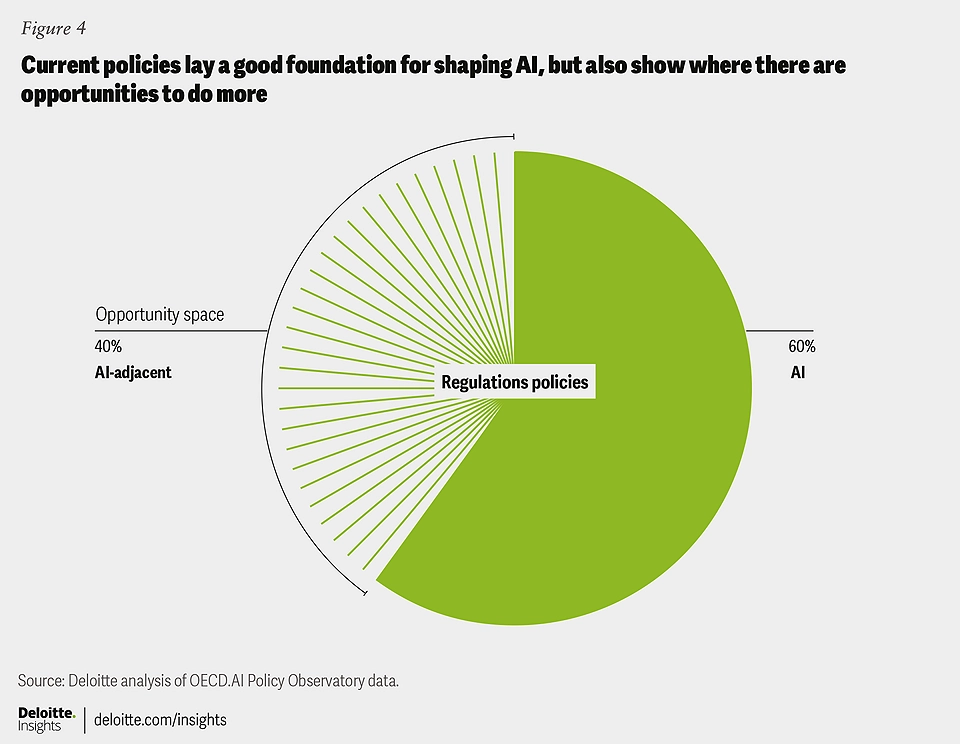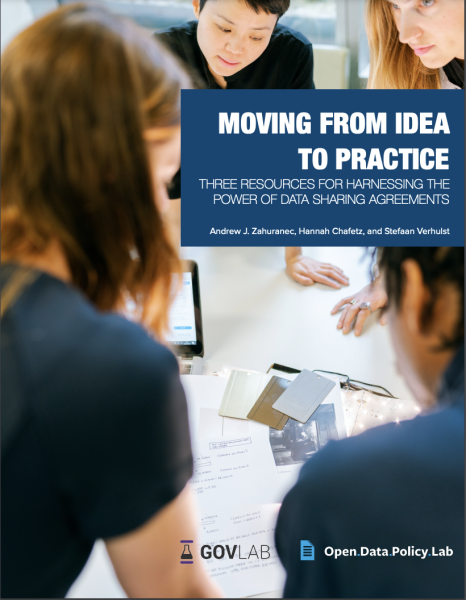Blog by Sara Marcucci and Stefaan Verhulst: “In the ever-evolving landscape of anticipatory methods for migration policy, innovation is a dynamic force propelling the field forward. This seems to be happening in two main ways: first, as we mentioned in our previous blog, one of the significant shifts lies in the blurring of boundaries between quantitative forecasting and qualitative foresight, as emerging mixed-method approaches challenge traditional paradigms. This transformation opens up new pathways for understanding complex phenomena, particularly in the context of human migration flows.
Second, the innovation happening today is not necessarily rooted in the development of entirely new methodologies, but rather in how existing methods are adapted and enhanced. Indeed, innovation seems to extend to the utilization of diverse tools and data sources that bolster the effectiveness of existing methods, offering a more comprehensive and timely perspective on migration trends.
In the context of this blog series, methods refer to the various approaches and techniques used to anticipate and analyze migration trends, challenges, and opportunities. These methods are employed to make informed decisions and develop policies related to human migration. They can include a wide range of strategies to gather and interpret data and insights in the field of migration policy.
Tools, on the other hand, refer to the specific instruments or technologies used to support and enhance the effectiveness of these methods. They encompass a diverse set of resources and technologies that facilitate data collection, analysis, and decision-making in the context of migration policy. These tools can include both quantitative and qualitative data collection and analysis tools, as well as innovative data sources, software, and techniques that help enhance anticipatory methods.
This blog aims to deep dive into the main anticipatory methods adopted in the field of migration, as well as some of the tools and data sources employed to enhance and experiment with them. First, the blog will provide a list of methods considered; second, it will illustrate the main innovative tools employed, and finally it will provide a set of new, non-traditional data sources that are increasingly being used to feed anticipatory methods…(More)”.



